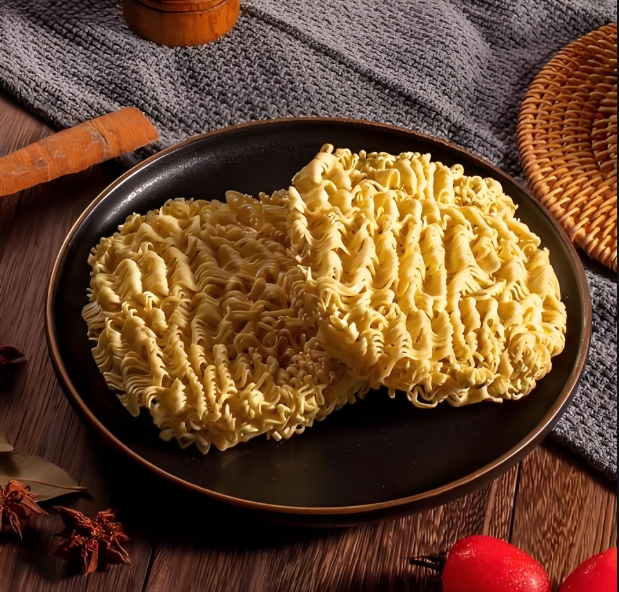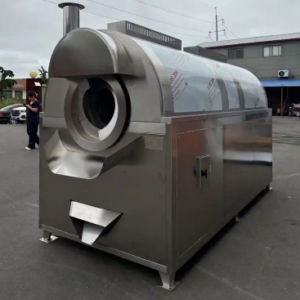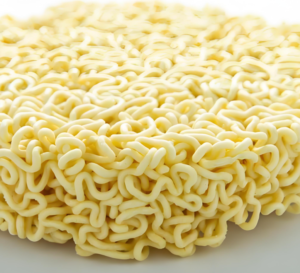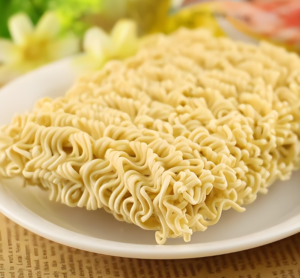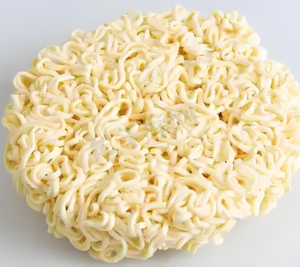<h1>How to Steam and Boil Instant Noodles' Noodle Cake: A Comprehensive Guide</h1>Introduction to Instant Noodles and Their Noodle Cake
Instant noodles have become a global staple, offering a quick and convenient meal option for busy professionals, students, and travelers. At the heart of these products is the noodle cake, a compressed block of dried noodles that transforms into a delicious dish with minimal effort. Originating from Japan in the 1950s, instant noodles are now traded worldwide, with billions of servings exported annually through foreign trade networks.
Instant noodle making machine
ToggleUnderstanding how to properly steam or boil the noodle cake is essential for achieving the best texture and flavor. This article will guide you through the processes, highlighting techniques that enhance taste while ensuring safety and nutritional value. Whether you’re a novice cook or an experienced food enthusiast, mastering these methods can elevate your meals and even inspire innovative recipes.
The Basics of Instant Noodles: What You Need to Know
Instant noodles are made from wheat flour, water, and various additives that allow for quick rehydration. The noodle cake is pre-cooked and dehydrated, making it lightweight and ideal for international shipping in the B2B food trade. Common ingredients include salt, kansui (an alkaline solution for elasticity), and sometimes eggs or vegetable oils for added nutrition.
In foreign trade, instant noodles are exported from countries like China, South Korea, and Japan to markets in Europe, North America, and beyond. Proper preparation preserves the quality of these imports, preventing issues like overcooking that can affect texture. Key factors include water quality, cooking time, and seasoning, which we’ll explore in detail.
Why Choose Steaming or Boiling for Your Noodle Cake?
Steaming and boiling are the two primary methods for preparing instant noodle cakes, each offering unique benefits. Boiling is the traditional approach, providing a soft, uniform texture that’s quick and straightforward. It involves submerging the cake in hot water, which rehydrates and cooks it evenly.
Steaming, on the other hand, is a healthier alternative that uses indirect heat, preserving more nutrients and reducing oil absorption. This method is popular in health-conscious markets and can be ideal for those trading in premium, organic instant noodles. Both techniques allow for customization, such as adding vegetables or proteins, making them versatile for global consumers.
Benefits of Boiling Instant Noodles
Boiling is the most common method due to its simplicity and speed. It ensures the noodle cake fully absorbs water, resulting in a tender consistency that’s perfect for soups or stir-fries. In B2B contexts, this method is efficient for large-scale food service operations, like restaurants or institutional kitchens.
From a trade perspective, boiled noodles maintain their appeal in international markets where fast preparation is key. This technique also allows for better integration with local flavors, such as adding spices from different regions to create fusion dishes.
Benefits of Steaming Instant Noodles
Steaming offers a lighter, fluffier texture compared to boiling, as it minimizes starch loss and retains more vitamins. It’s an excellent choice for health-focused consumers and is gaining traction in export markets emphasizing wellness products. Steamed noodles are less likely to become mushy, making them suitable for salads or cold dishes.
In foreign trade, steaming aligns with trends toward sustainable and low-waste cooking. It uses less water, which can be a selling point for eco-friendly brands exporting to environmentally conscious regions like the European Union.
Step-by-Step Guide to Boiling Instant Noodles’ Noodle Cake
Boiling is straightforward and requires basic kitchen tools. Start by gathering your ingredients: one noodle cake, the provided seasoning packet, and optional additions like vegetables or meat.
- Boil Water: Fill a pot with 2 cups of water per serving and bring it to a rolling boil. Use filtered water for the best taste, especially if you’re dealing with imported noodles that may be sensitive to minerals.
- Add the Noodle Cake: Gently place the noodle cake into the boiling water. Stir lightly to separate the strands and prevent clumping.
- Cook for the Recommended Time: Most packages suggest 3-4 minutes. Check the texture by tasting a strand; it should be al dente, not overly soft.
- Drain and Season: Pour the noodles into a strainer to remove excess water. Add the seasoning packet, along with any extras like soy sauce or green onions, and mix well.
- Serve Immediately: Enjoy hot for the best flavor. This method is ideal for quick meals in trade-related settings, such as on-the-go lunches for business travelers.
Common pitfalls include overboiling, which can make the noodles soggy, or under-seasoning, which diminishes taste. Always follow package instructions, as variations exist based on the manufacturer’s export standards.
Step-by-Step Guide to Steaming Instant Noodles’ Noodle Cake
Steaming requires a steamer basket or microwave-safe container. This method is gentler and preserves the noodle’s natural structure, making it popular in premium food trade segments.
- Prepare Your Steamer: Set up a steamer pot with about 1 inch of water and bring it to a simmer. If using a microwave, place the noodle cake in a microwave-safe bowl with a splash of water.
- Position the Noodle Cake: Place the cake in the steamer basket, ensuring it’s not touching the water directly. Cover to trap steam.
- Steam for the Appropriate Duration: Steam for 4-6 minutes, depending on your equipment. The noodles should become tender but firm.
- Check and Season: Remove the cake and fluff with a fork. Add seasonings while the noodles are still warm to enhance absorption.
- Customize and Serve: Incorporate toppings like steamed vegetables or proteins for a balanced meal. This approach is favored in international trade for its versatility in healthy meal kits.
Steaming can take slightly longer than boiling, but it’s worth it for the nutritional benefits. Ensure your steamer is clean to avoid contamination, a critical factor in food safety for exported products.
Tips for Perfect Preparation and Variations
To optimize your steaming or boiling process, consider the water’s temperature and quality. Using hot water speeds up rehydration, while adding a pinch of salt can enhance flavor without overpowering the noodles.
Variations abound based on cultural preferences. In Asia, boiled noodles often feature spicy broths, while in Western markets, steamed versions might be served with herbs and olive oil. For B2B applications, experiment with bulk preparations to cater to diverse export demands.
Health and Safety Considerations
Always handle hot water with care to prevent burns, and store unused noodles in a cool, dry place to maintain quality during transit. From a trade viewpoint, adhering to international food safety standards like HACCP ensures your products remain viable.
Nutritionally, opt for low-sodium versions and pair with fresh ingredients to boost vitamins. This is increasingly important in global trade, where consumers demand healthier options.
FAQ: Common Questions on Steaming and Boiling Instant Noodles
Here are answers to frequently asked questions to help you master noodle cake preparation.
- What is the difference between steaming and boiling instant noodles? Steaming uses indirect heat to gently rehydrate the cake, preserving nutrients, while boiling submerges it in hot water for faster, even cooking. Choose based on your desired texture and health goals.
- How long should I steam or boil the noodle cake? Boiling typically takes 3-4 minutes, and steaming 4-6 minutes. Always refer to the package for exact times, as variations occur with different export brands.
- Can I reuse the water from boiling noodles? It’s not recommended, as it may contain starches and additives. In B2B settings, fresh water ensures consistency for large batches.
- Is steaming healthier than boiling? Yes, steaming retains more vitamins and minerals by avoiding direct water contact, making it a preferred method in health-oriented trade markets.
- What if my noodles are too soft or too hard? Adjust cooking time—shorter for firmer noodles, longer for softer ones. Overcooking is common with imported varieties, so monitor closely.
- How can I make instant noodles more nutritious for export products? Add fresh vegetables, lean proteins, and herbs during preparation. This appeals to buyers in regions like North America, where wellness is a key trend.
Conclusion
In summary, steaming and boiling instant noodles’ noodle cake are simple yet versatile techniques that can transform a basic meal into something extraordinary. By following the steps outlined, you can achieve optimal texture, flavor, and nutrition, while considering factors relevant to foreign trade like quality control and market preferences. Whether you’re preparing for personal use or scaling up for business, these methods offer endless possibilities, making instant noodles a timeless favorite in the global food industry.

